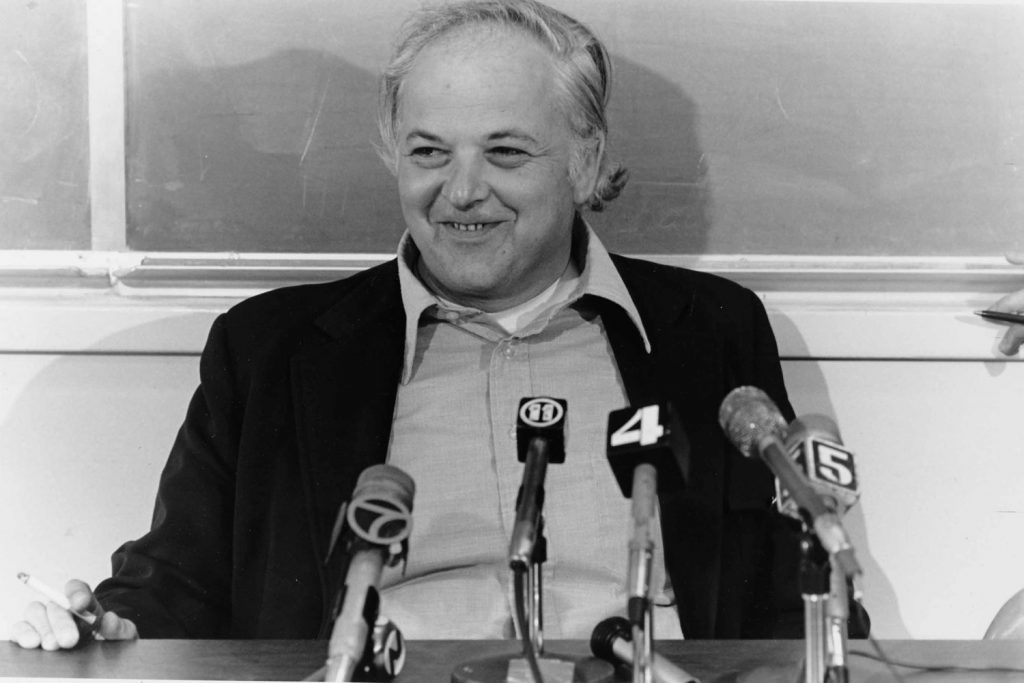The United States particle physicist, Burton Richter, who was awarded the Nobel Prize for Physics in the year 1976 reportedly died at the age of 87. Richter co-discovered one new particle, which proved the presence of a 4th quark. He did this by making use of a “particle collider” at the Stanford Linear Accelerator Center (SLAC).
Richter, born in the year 1931 in New York, studied the subject of Physics at the Massachusetts Institute of Technology prior to finishing a Ph.D. in the year 1956. After that, the researcher went to the Stanford University’s High-Energy Physics Laboratory. There he helped in the designing and building of the initial particle collider of the world early in the 1960s.
Richter went to the SLAC in the year 1963 and set up a team for designing a high-energy electron-positron collider of 3.2 kilometers known as the Stanford Positron-Electron Accelerator Ring. After one year of its opening, in the year 1973, Richter along with his team detected one new particle having a mass of near about 3.1 GeV.
Richter became the technical director of SLAC in the year 1982. The renowned physicist took a retirement from the SLAC in the year 1999. However, the stayed active in the field of Physics as well as worked on some other fields like environment, sustainability, and energy. The scientist also reportedly urged the community of particle physics to plan regarding the next major particle collider, which would rank after the Large Hadron Collider of CERN.
Other than the Nobel prize, Richter was even awarded the National Medal of Science in the year 2014 along with the US Department of Energy’s Enrico Fermi award in the year 2012. Persis Drell, the one who was elected the SLAC director from the year 2007 to the year 2012, said in a statement, “[Richter] was a visionary director of SLAC, with a forceful personality and a tremendous drive.” Further, Drell added, “His fingerprints are all over many of the advances in accelerators in the 20th century, as well as in the development of the X-ray light sources enabled by electron accelerators.”


